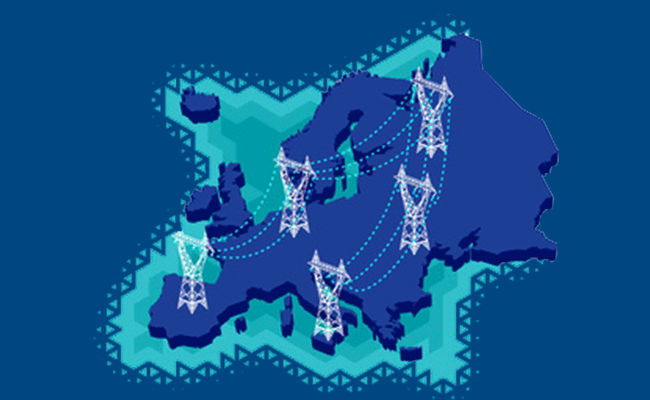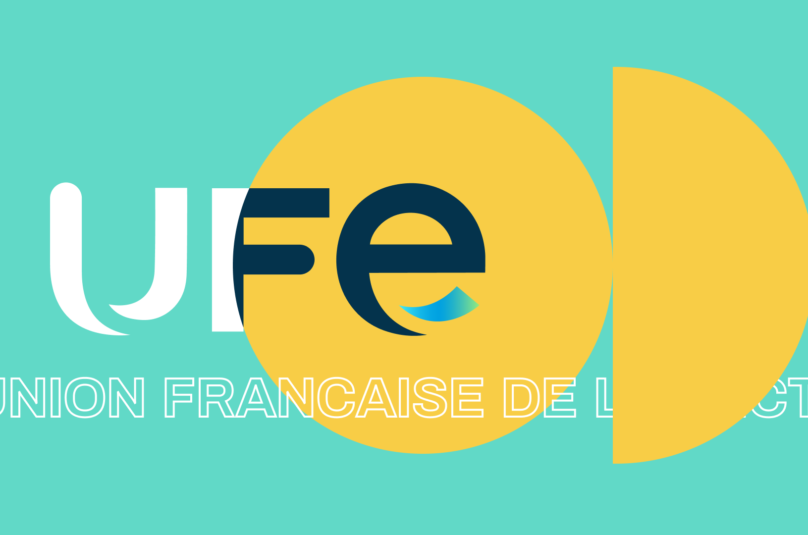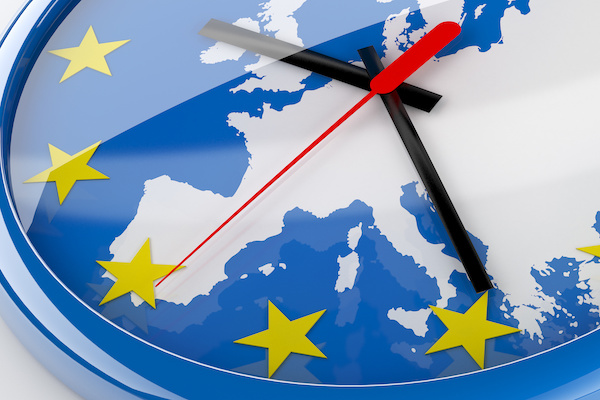22 October 2015
Energy market design: entering a new world, facing new challenges!


Ongoing ambitious energy transitions in most of European Member States are questioning the current electricity market design. At the time of closing its public consultation on “A new Energy Market Design”, the European Commission has a unique opportunity to meet this challenge and lead the way into a secure, affordable and climate-friendly electricity in a forward-looking and global approach.
The UFE response to this consultation , now available online, outlines these crucial issues and puts forward proposals so as to achieve a successful Energy Union.
The Internal Energy Market: a fundamental part of the target model… but incomplete!
A fully integrated and well-functioning Internal Energy Market is one of main instruments to achieve the objective of competitiveness for energy consumers. Today, the current market design unquestionably fulfils fundamental roles. By fostering competition, it ensures that consumer’s needs are met in the short term in the most economical way. Recently, a lot of efforts have been dedicated to improve its efficiency. These efforts have been rewarded by significant progress among which the go live of the flow based method is certainly the most important.
In years to come, improvements can still be brought: UFE welcomes and supports all evolutions, based on a positive cost-benefit analysis that could make the energy market more efficient.
However, further market integration and improvement of the functioning of the energy market will not be sufficient to achieve, on a cost-efficient way, the main European Energy Union’s objectives: “affordable energy” target, “secure energy” target and “climate friendly energy” target.
A cost-efficient path to low carbon European economies
First, a reformed EU Emissions Trading Scheme is the central tool to reveal a unique carbon price signal at European level. It is market based, technology neutral, and enables a cost-efficient CO2 emission reduction. In the long term, the carbon price has to be the main driver for investments enabling a transition to a low-carbon economy, including investments in renewable energy sources. To this end, in the target model, RES investments should only be triggered by market signals, without any support. However, support schemes may temporarily be maintained in the short and medium term, on the condition that RES integration in the market and in the system is enhanced.
A secure electricity supply, for all citizens
A recent study performed by UFE and BDEW illustrates that market arrangements such as free pricing would not be sufficient to guarantee that the level of security of supply that member States are targeting will be met in the medium run. Capacity mechanisms therefore secure current European energy transitions by providing incentives for essential investments in generation and demand response capacities and fostering innovation. Moreover, contrary to a common belief, adding a well-designed capacity mechanism leads to cost reductions in the long term.
Coordinated approaches at a regional level should also be promoted, in particular when assessing the capacity needs for Europe and for the calculation of the necessary capacity to be procured to ensure adequacy. It would also be a positive evolution if all European countries were to define security of supply by using volume based security of supply criteria. UFE eventually welcomes the will of the European Commission to define reference models for capacity mechanisms, and recalls the importance of a competitive and sustainable approach, focused on cost-efficiency and incentivizing efficient behaviors.
Find out more
02 June 2020
“Long live Europe”: it’s time for Europe!
25 February 2020
Brexit: love last 47 years


About us
The Union of the French Electricity Industry is the trade association of the French electricity sector. We bring together companies from the whole value chain of the electricity industry.
Find out more









